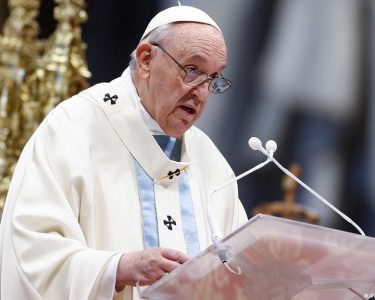The Ceylon Electricity Board has been continuously increasing tariff and the consumers have been burdened heavily and disconnections over non payment of bills has exceeded the one hundred thousand mark .All this has been happening while the CEB has been making huge profits. Here are some key points that needs urgent attention of the regulators
1. Projected Profit vs. Forecast Surplus: CEB’s internal budget predicts a Rs. 73 billion profit for 2024, while it only forecasts a Rs. 23.7 billion surplus to the regulator (PUCSL) to justify a 3.34% tariff reduction. This discrepancy of Rs. 50 billion raises concerns about transparency.
2. Operational Expenses Surge: CEB’s operating expenses are projected to jump from Rs. 97 billion in 2022 to Rs. 164 billion in 2024, a 70% increase, excluding key costs like generation and finance. This raises questions about cost efficiency.
3. Previous Profits Omitted: CEB’s official 2023 profit of Rs. 61.39 billion isn’t reflected in the tariff revision request. This lack of consideration for past gains further fuels doubt about the tariff reduction proposal.
4. Analyst Calls for 20% Tariff Cut: Energy analyst Vidhura Ralapanawe suggests a 20% tariff reduction based on CEB’s 2023 profits and criticizes the October 2023 tariff hike as unnecessary. He urges PUCSL to conduct thorough due diligence before finalizing the tariff.
5. Financial Concerns and Loan Issues: Minister Kanchana Wijesekera reveals concerns about CEB’s finances, including Rs. 12 billion in employee loans with two-thirds of the interest paid by consumer tariffs. He has directed CEB to recover these costs directly from beneficiaries, not consumers.
Overall, these points highlight concerns about transparency, cost efficiency, and fairness in CEB’s tariff revision request. The PUCSL faces pressure to conduct a thorough review and ensure a tariff decision that prioritizes consumer interests.







